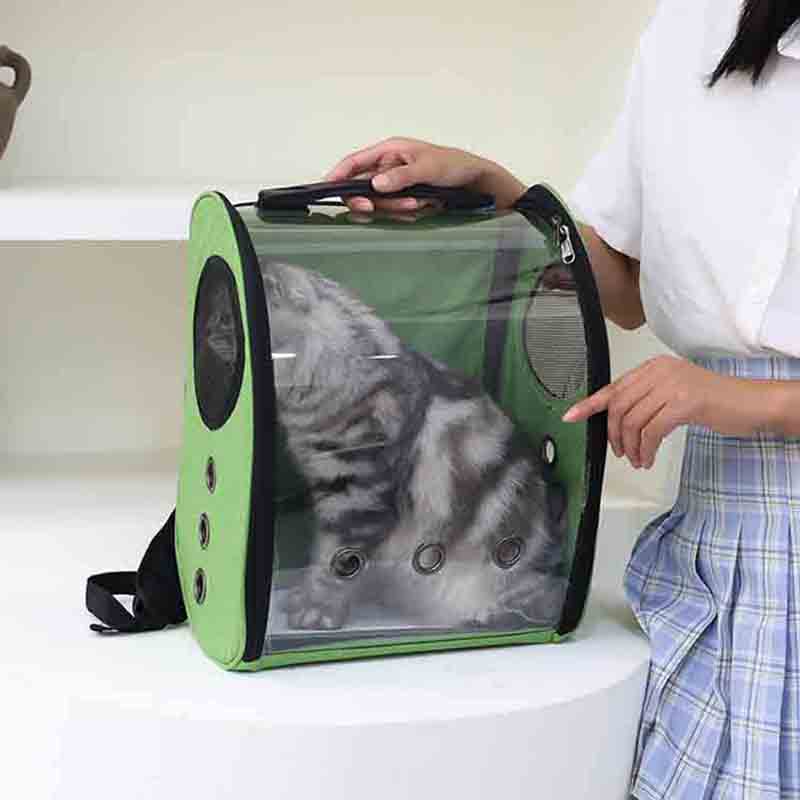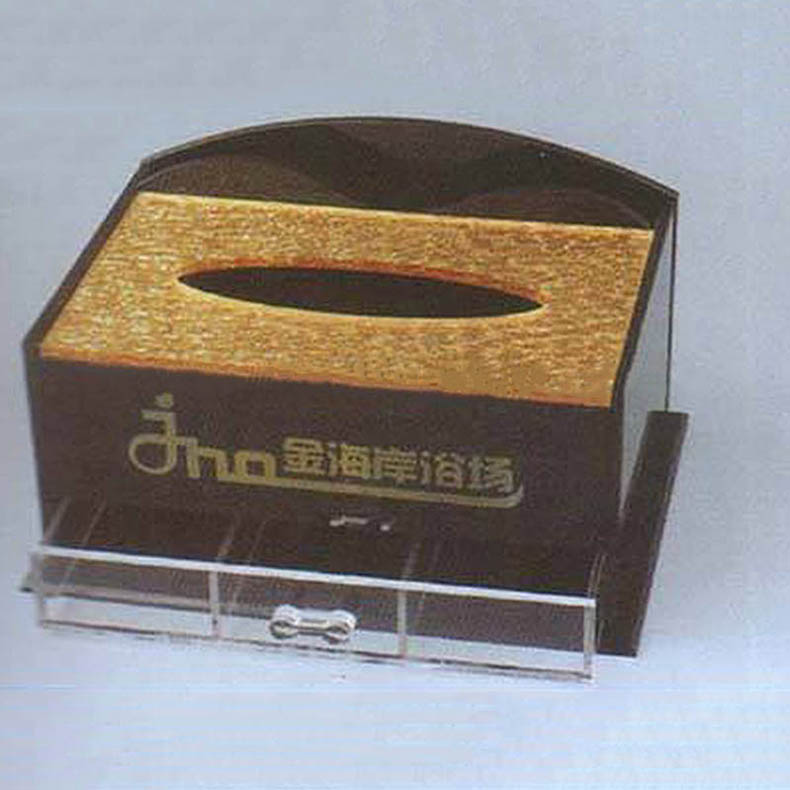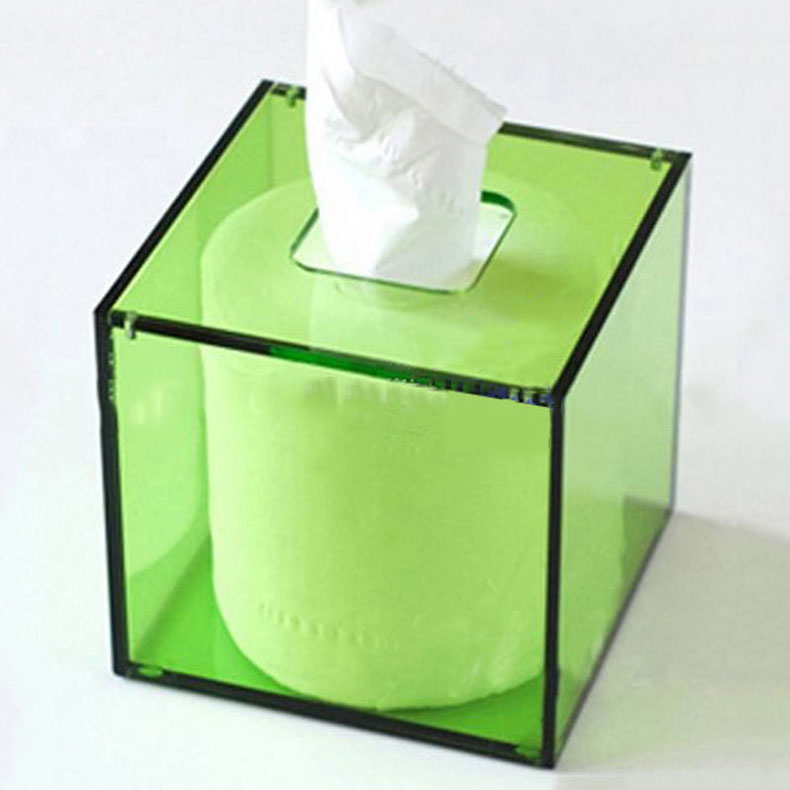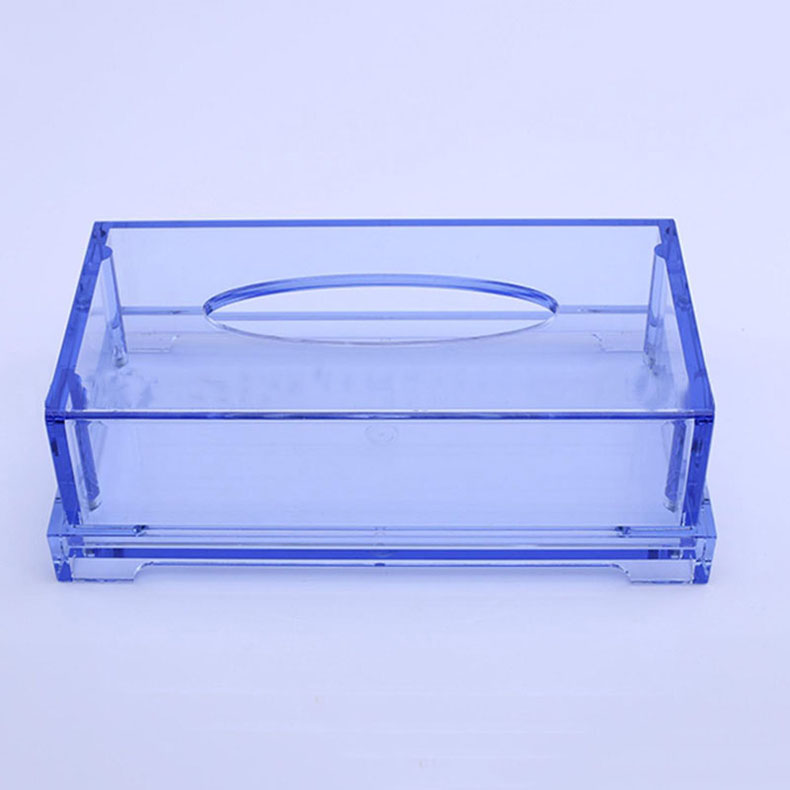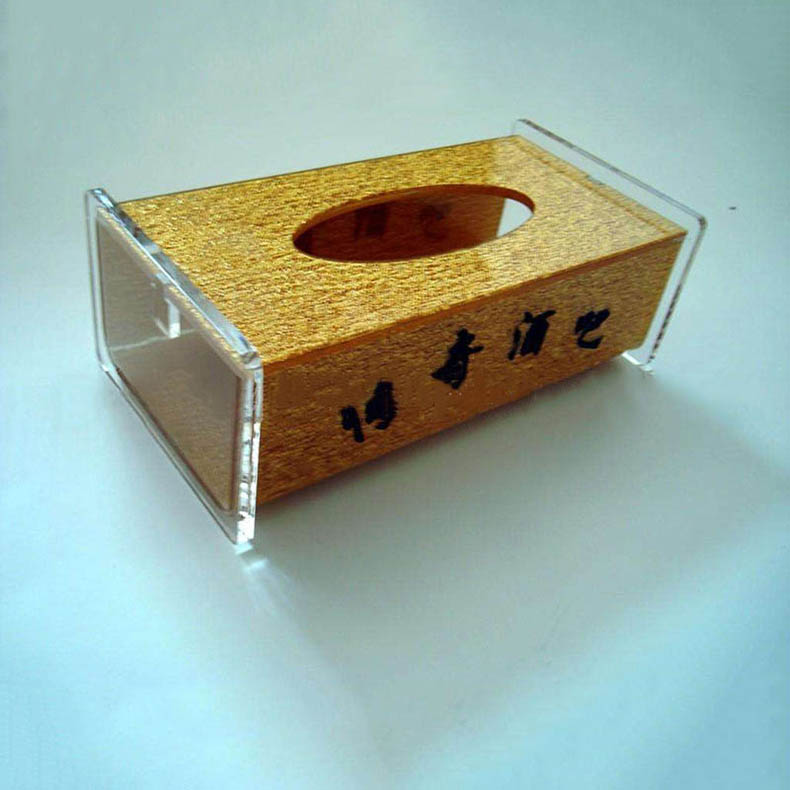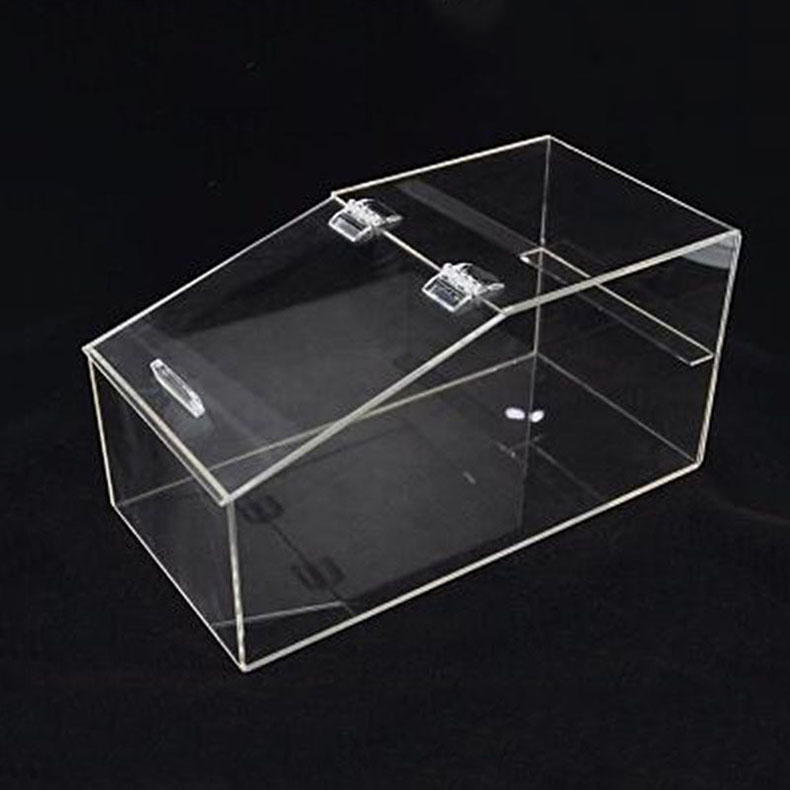Understanding Acrylic and Its Pet Friendliness
When it comes to choosing materials for home décor, pet owners often contemplate the safety and comfort of their furry friends. Acrylic, a versatile plastic material known for its clarity, durability, and aesthetic appeal, is widely used in various applications, from furniture and art to aquariums and pet enclosures. However, pet owners need to understand how pet-friendly acrylic is before incorporating it into their homes. This article delves into the properties of acrylic, its safety for pets, potential risks, and best practices for pet owners.
What is Acrylic?
Acrylic, also known as polymethyl methacrylate (PMMA), is a synthetic polymer that is often used as an alternative to glass due to its lightweight nature and shatter resistance. Acrylic is available in various forms, including sheets, rods, and molds. It’s commonly found in applications such as:
Aquarium Tanks: Acrylic is popular for aquariums because of its clarity and ability to be molded into various shapes.
Furniture and Accessories: Many pieces of modern furniture, such as coffee tables, display cases, and shelves, utilize acrylic for a sleek appearance.
Art and Décor: Acrylic paints, sculptures, and decorative items are prevalent in artistic circles due to their versatility and vibrant finish.
Is Acrylic Safe for Pets?
Generally speaking, acrylic is considered safe for pets in many contexts. However, several factors warrant consideration:
1. Non-Toxic Composition
Acrylic is non-toxic and doesn’t contain hazardous chemicals that can harm pets when used in home décor, furniture, or accessories. Unlike materials that might release harmful gases, acrylic remains stable and safe for indoor environments.
2. Durability and Resistance
One of the biggest advantages of acrylic is its durability. It is resistant to scratches, impacts, and even UV light, which means that it won’t degrade quickly, reducing the risks associated with damaged materials. Furniture or items made from acrylic can withstand the wear and tear that comes with having pets, making it a practical choice for pet owners.
Potential Risks of Acrylic
While acrylic is generally safe, certain aspects might pose risks to pets:
1. Chewing and Ingestion Risk
Pets, especially dogs and cats, are notorious for chewing on objects. If a pet chews on an acrylic piece, small fragments may break off and potentially lead to choking hazards or gastrointestinal blockages if ingested. This risk is particularly pertinent for puppies and kittens that tend to chew on everything in sight.
To mitigate this risk, ensure that acrylic furniture or enclosures are designed without any small parts that might break off. Additionally, discourage pets from chewing on these items by providing suitable and safe chew toys.
2. Weight Considerations
Acrylic items, particularly furniture pieces, may not be suited for pets that like to jump or climb. If the acrylic item is not robust enough to withstand the weight of a large dog or active cat, it could break, leading to potential injuries. When selecting acrylic furniture, consider the weight capacity and structural integrity to ensure it can handle your pet’s activity levels.
3. Temperature Sensitivity
Acrylic can be sensitive to extreme temperatures. While it is generally stable, it can warp or bend if exposed to very high heat. This might not directly affect pets unless they are in an environment where extreme heat is common, but it is something to consider when positioning acrylic items near heat sources or in direct sunlight.
Caring for Acrylic in a Pet-Friendly Home
To ensure that acrylic items remain safe and functional in a home with pets, consider the following care tips:
Choose the Right Style and Structure
When selecting acrylic furniture or accessories, look for designs that are sturdy and suitable for pet activities. Coffee tables with rounded edges are less likely to cause injuries, while thicker sheets of acrylic offer greater durability.
Regular Cleaning and Maintenance
Acrylic can accumulate dust and dirt over time. Use a gentle cleaner designed for plastics to maintain its clarity, as acrylic can become scratched with abrasive materials. Regular cleaning ensures that your home remains hygienic for your pets.
Monitor Your Pets’ Behavior
Keep an eye on your pets around acrylic items. If you notice any chewing or scratching behavior, you may want to redirect them with toys or other safe activities. Training and providing outlets for their energy can help keep them from seeking out inappropriate chewing targets.
Provide Safe Chew Toys
To minimize the risk of your pets chewing on acrylic items, provide them with plenty of designated chew toys. This can significantly reduce the chances of them damaging acrylic furniture or accessories while encouraging healthy chewing habits.
Consider Location
Position acrylic items thoughtfully within your home. Avoid placing them in areas where your pets are most active or prone to jumping. For instance, keeping furniture that is made of acrylic away from high-traffic areas can prevent accidental knocks and damages.
Alternatives to Acrylic for Pet Owners
While acrylic is generally safe, some pet owners may still seek alternatives due to specific concerns. Here are a few options:
Glass: Glass is another transparent material commonly used for aquariums and display cases. While it is non-toxic and easy to clean, it is also heavier and more prone to breaking.
Wood: Natural wood can be a beautiful alternative for furniture. However, it requires extra care to avoid scratches and water damage. Some pet owners opt for sealed wooden items to protect against chewing and scratching.
Metal: Metal furniture is durable and typically resistant to chewing and scratching. However, it may not provide the same aesthetic appeal as acrylic or glass and can be heavier.
Conclusion
In summary, acrylic is a generally pet-friendly material, offering numerous advantages such as durability and non-toxic composition. However, it’s essential to remain cautious, as the risk of chewing, weight limits, and temperature sensitivity could pose some dangers to pets. By choosing the right acrylic products, monitoring your pets’ behavior, and providing alternatives, you can create a safe and charming living environment for both your family and your furry friends. Whether you’re selecting furniture, décor, or pet enclosures, acrylic can be a stylish and practical choice in a pet-friendly home.


